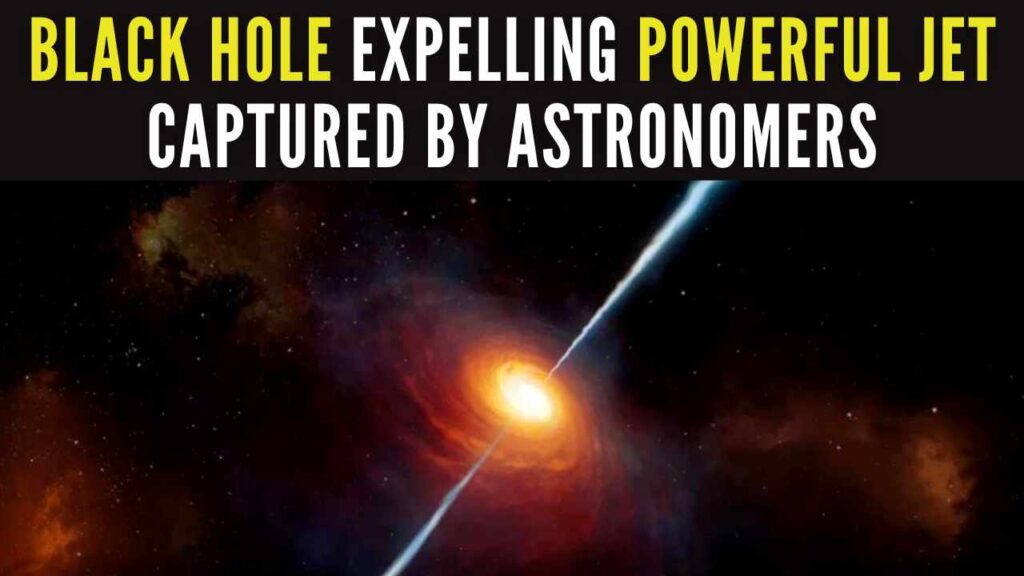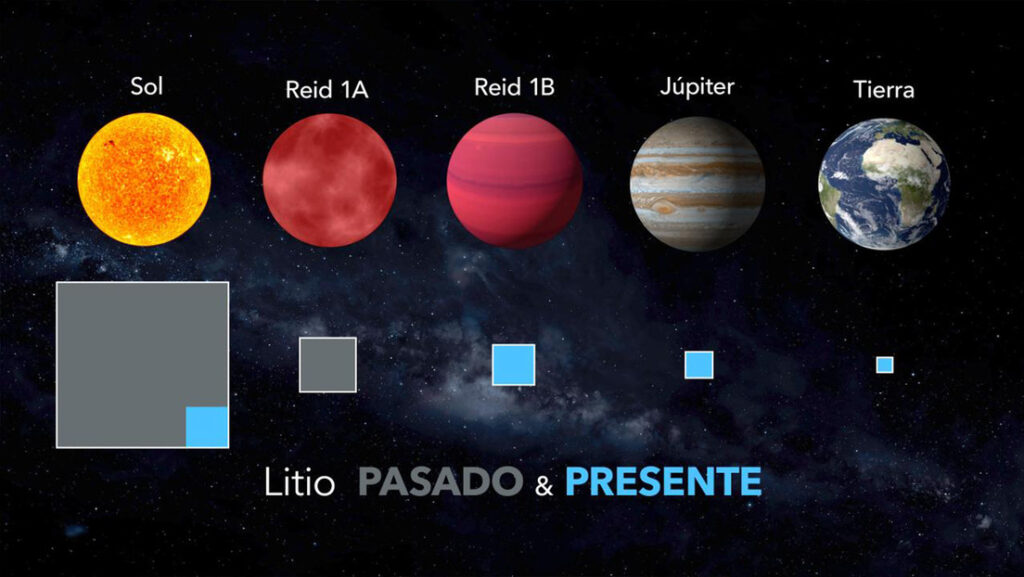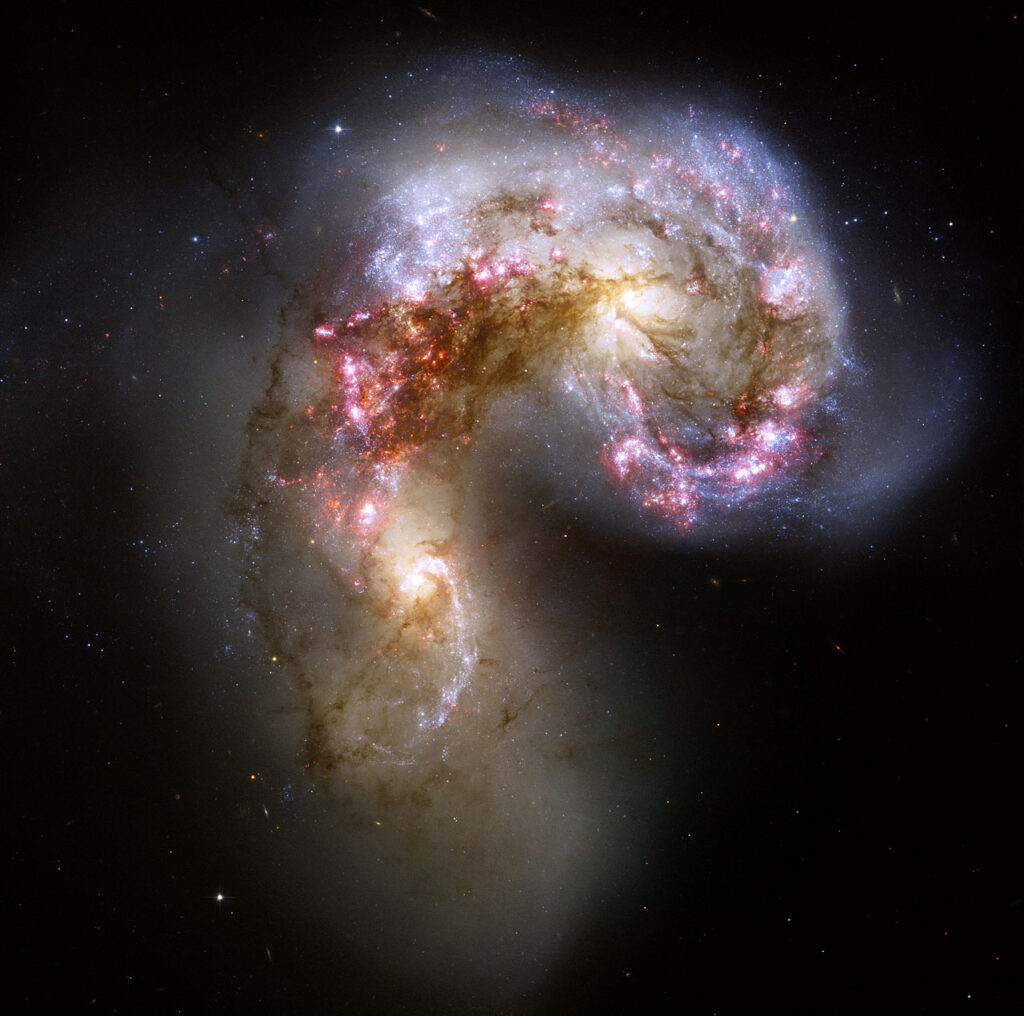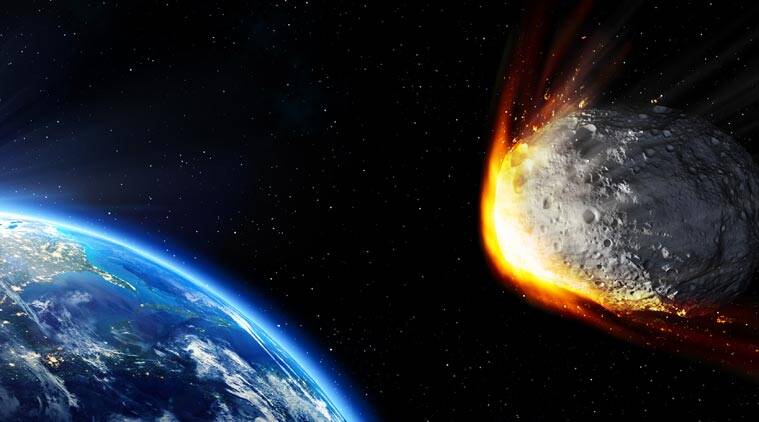
A giant asteroid will zoom past Earth on Saturday (25 March). According to space scientists, the asteroid will be in such a close range that a standard telescope will be able to spot it in the night sky tomorrow.
Saturday’s close encounter will offer astronomers the chance to study a space rock from just over 100,000 miles (168,000 kilometers) away. That’s less than half the distance from here to the moon, making it visible through binoculars and small telescopes.
The asteroid is so large that it can easily wipe out a city, but US Space Agency NASA has assured that the asteroid will not enter Earth.
While asteroids are a common celestial creature, NASA said this latest asteroid is rare and can be viewed once per decade.
“A newly discovered #asteroid named 2023 DZ2 will safely pass by Earth on Saturday at 100K+ miles away. While close approaches are a regular occurrence, one by an asteroid of this size (140-310 ft) happens only about once per decade, providing a unique opportunity for science,” NASA tweeted.
Dubbed as 2023 DZ2, scientists estimate its size somewhere between 130 feet and 300 feet (40 meters and 90 meters).
The asteroid will pass within 320,000 miles (515,000 kilometers) of the moon on Saturday and, several hours later, buzz the Indian Ocean at about 17,500 mph (28,000 kph).
Astronomers at the observatory of La Palma in Spain’s Canary Islands discovered 2023 DZ2 in late February of this year. Since then scientists studied the rock to note its orbit, size, and anticipated trajectory.
The Virtual Telescope Project will provide a live webcast of the close approach.
The asteroid won’t be back our way again until 2026. Although there initially seemed to be a slight chance it might strike Earth then, scientists have since ruled that out.
Time to watch the asteroid:
The 2023 DZ2 asteroid will travel closest in the afternoon on March 25, at around 3:50 pm (EST).
Another asteroid scientists also discovered in February–2023 DW. This asteroid potentially carries a larger risk of impacting Earth in the future. The asteroid was first spotted on 26 February, according to the European Space Agency, which added the rock to its own Risk List and ranked it at No. 1. The European Space Agency has predicted that the 2023 DW asteroid has a 1 in 607 chance of impacting Earth and estimates that the collision could occur as early as Valentine’s Day 2046.
Recent Posts
- Astronomers detect first direct image of black hole expelling a powerful jet
- WhatsApp rolling out ‘reply with message’ feature within call notifications
- Multi-Device Pairing May Be Arriving for Apple Watch this Year
- Artificial Intelligence Discovers Hidden Giant, a Planet 5 Times Larger Than Jupiter
- Google CEO Sundar Pichai Talks Bard & The Future Of Search
Recent Comments

Astronomers detect first direct image of black hole expelling a powerful jet

Artificial Intelligence Discovers Hidden Giant, a Planet 5 Times Larger Than Jupiter

Scientists explain melting of Antarctic ice sheet dating back 9,000 years

An Unexpected Discovery: Hubble, ESA's Gaia Spot Double Quasar That Existed Over 10 Billion Years Ago

Astronomers detect first direct image of black hole expelling a powerful jet

WhatsApp rolling out ‘reply with message’ feature within call notifications

Multi-Device Pairing May Be Arriving for Apple Watch this Year


